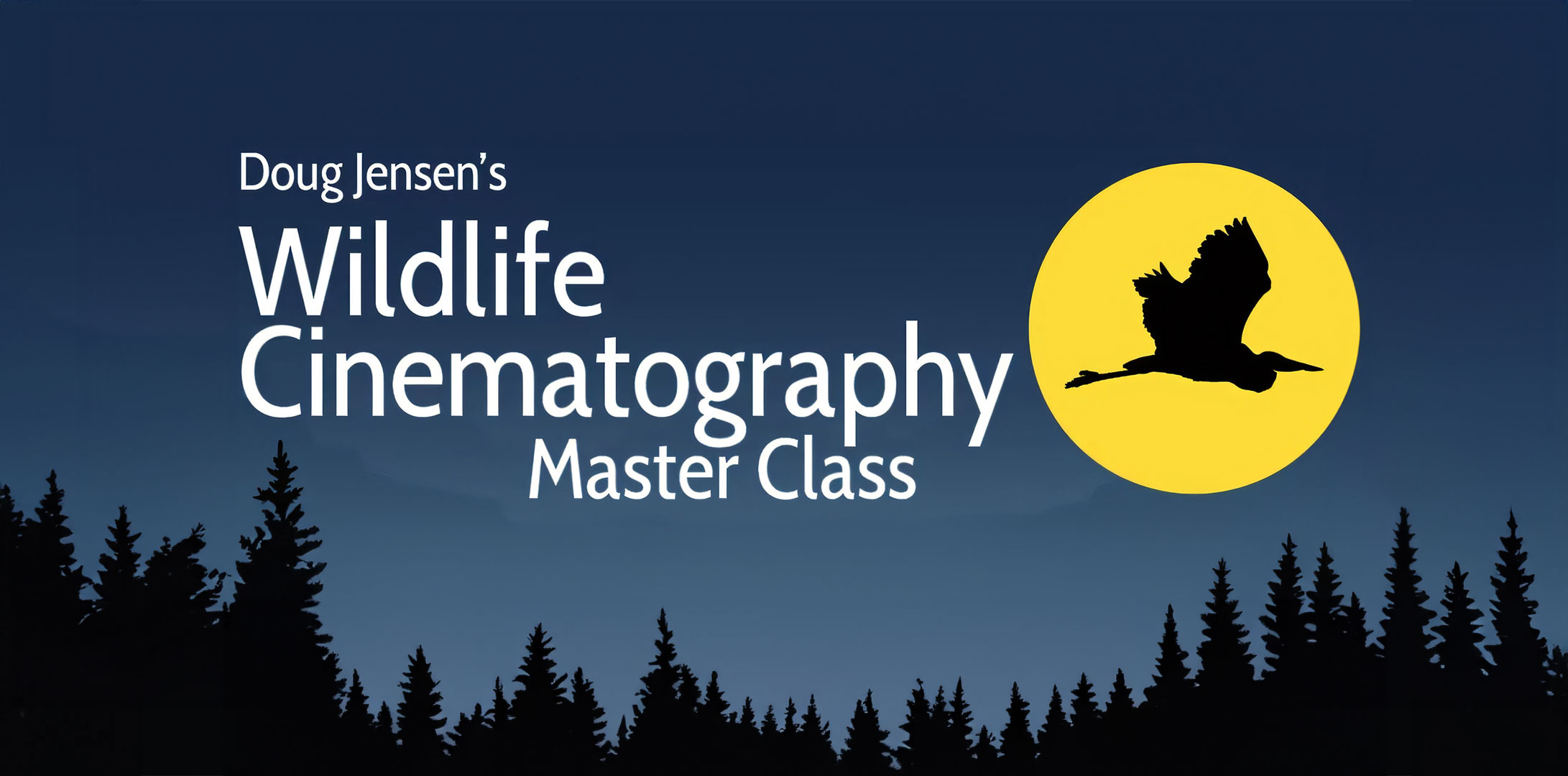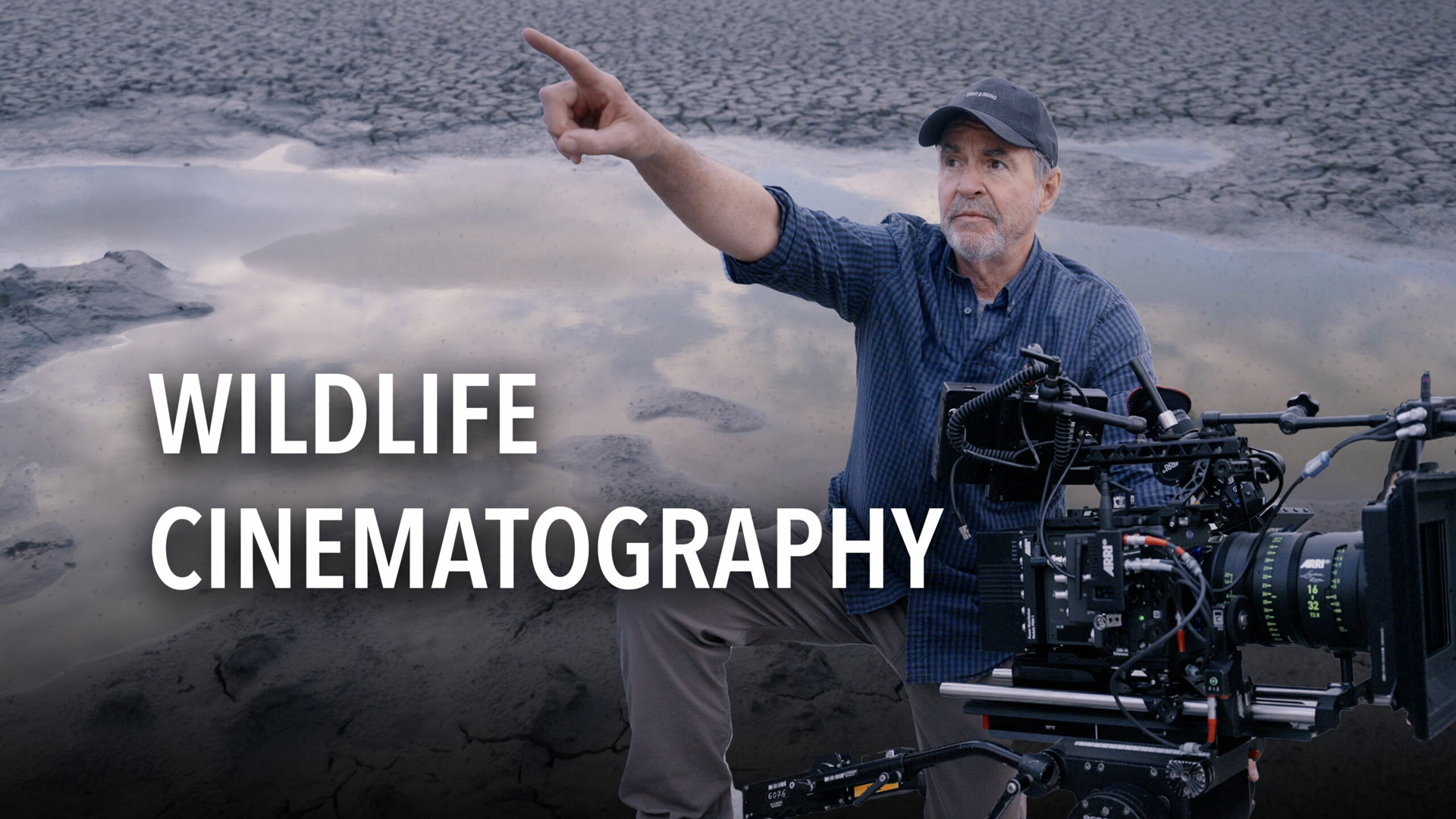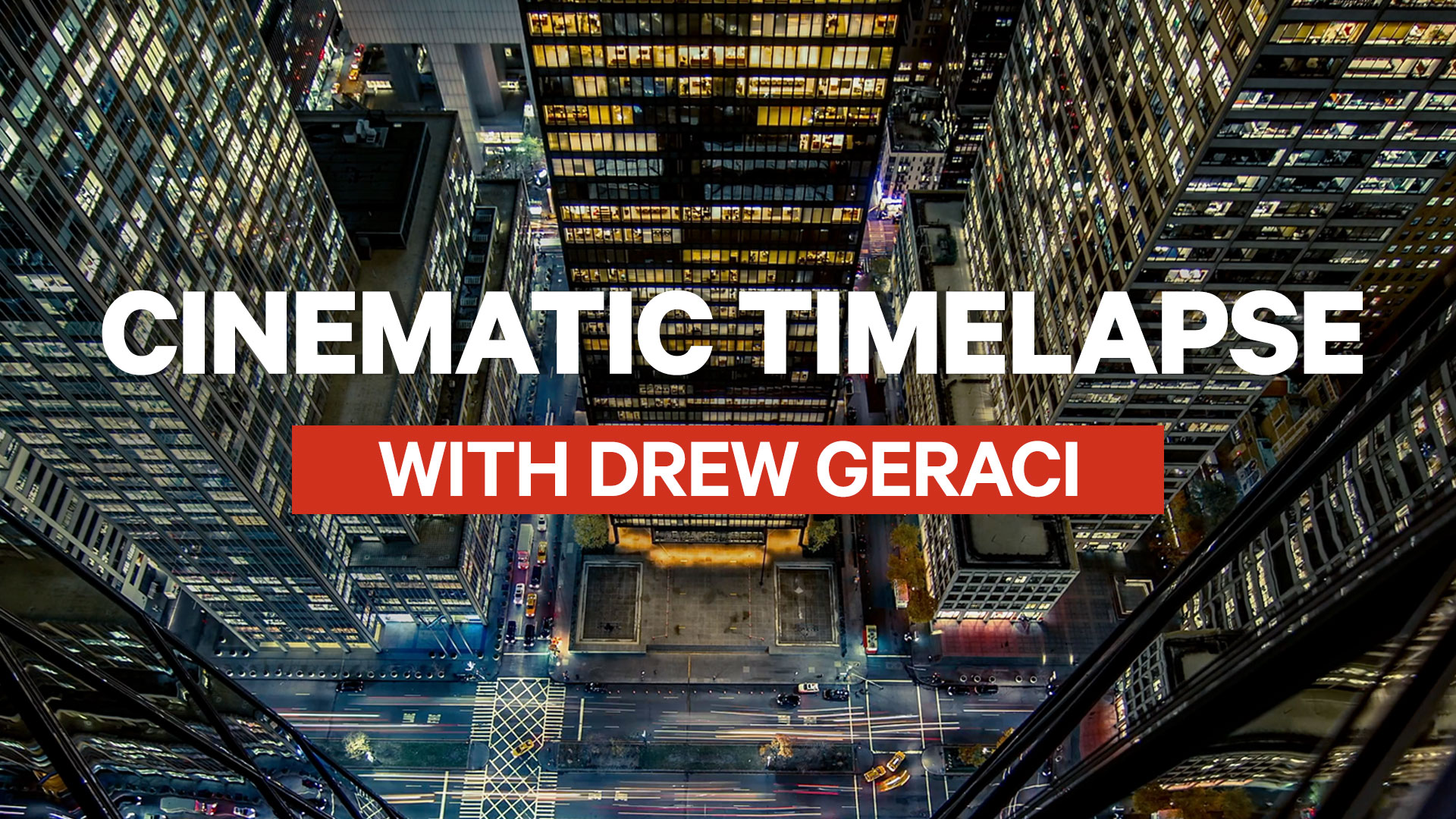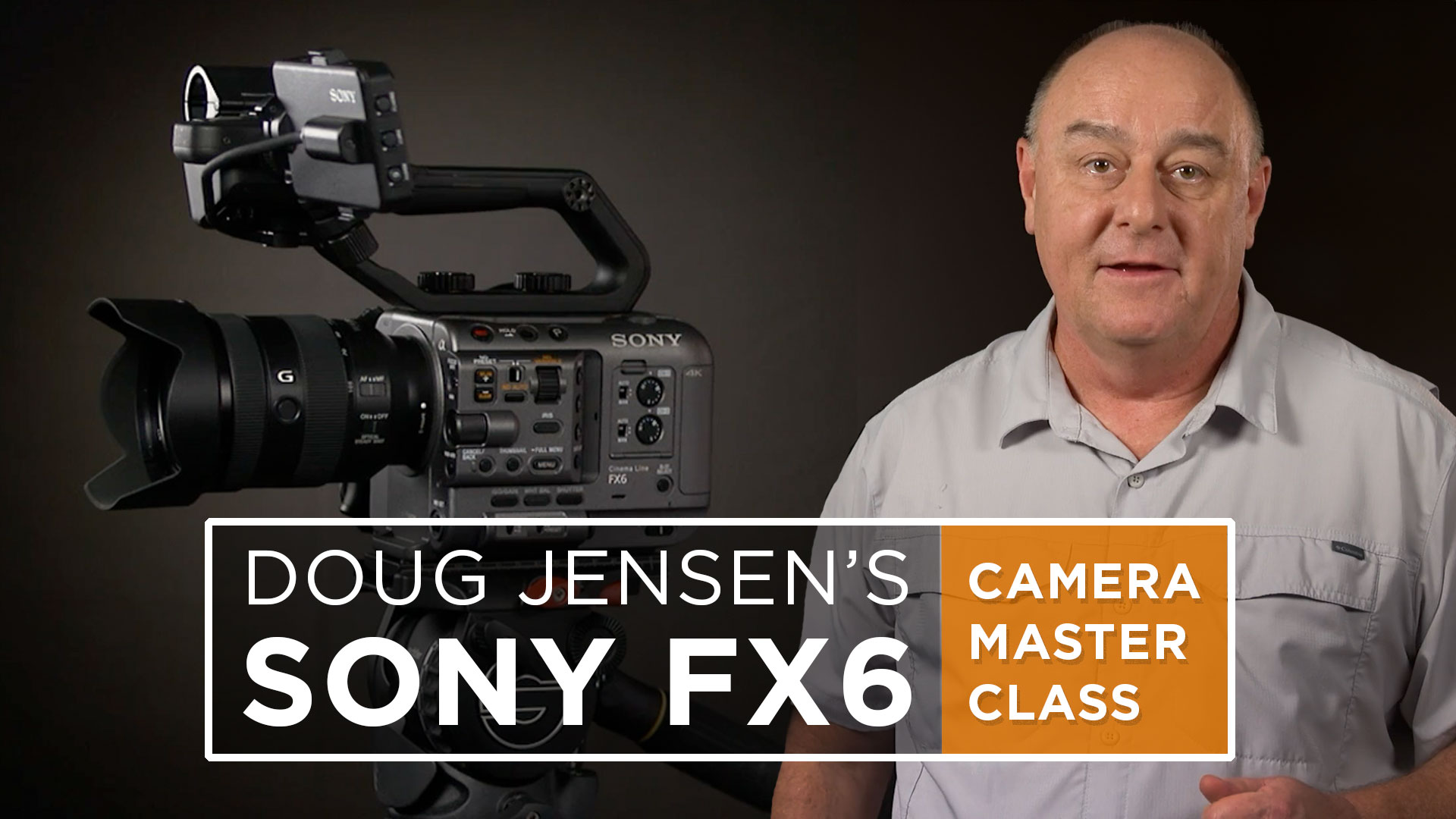Recent advances in camera technology have made shooting high-quality 4K wildlife video accessible to everyone. Whether you're an experienced amateur photographer or a seasoned video professional, this master class is an invaluable resource for successfully shooting and color-grading broadcast-quality wildlife video.
This comprehensive 7.5-hour course covers everything from choosing the right equipment to mastering essential techniques like exposure, focusing on moving wildlife, slow-motion capture, and composition. With in-depth lessons on processing and color grading, you'll learn how to transform your footage into stunning final results that exceed expectations.
Start watching with MZed Pro
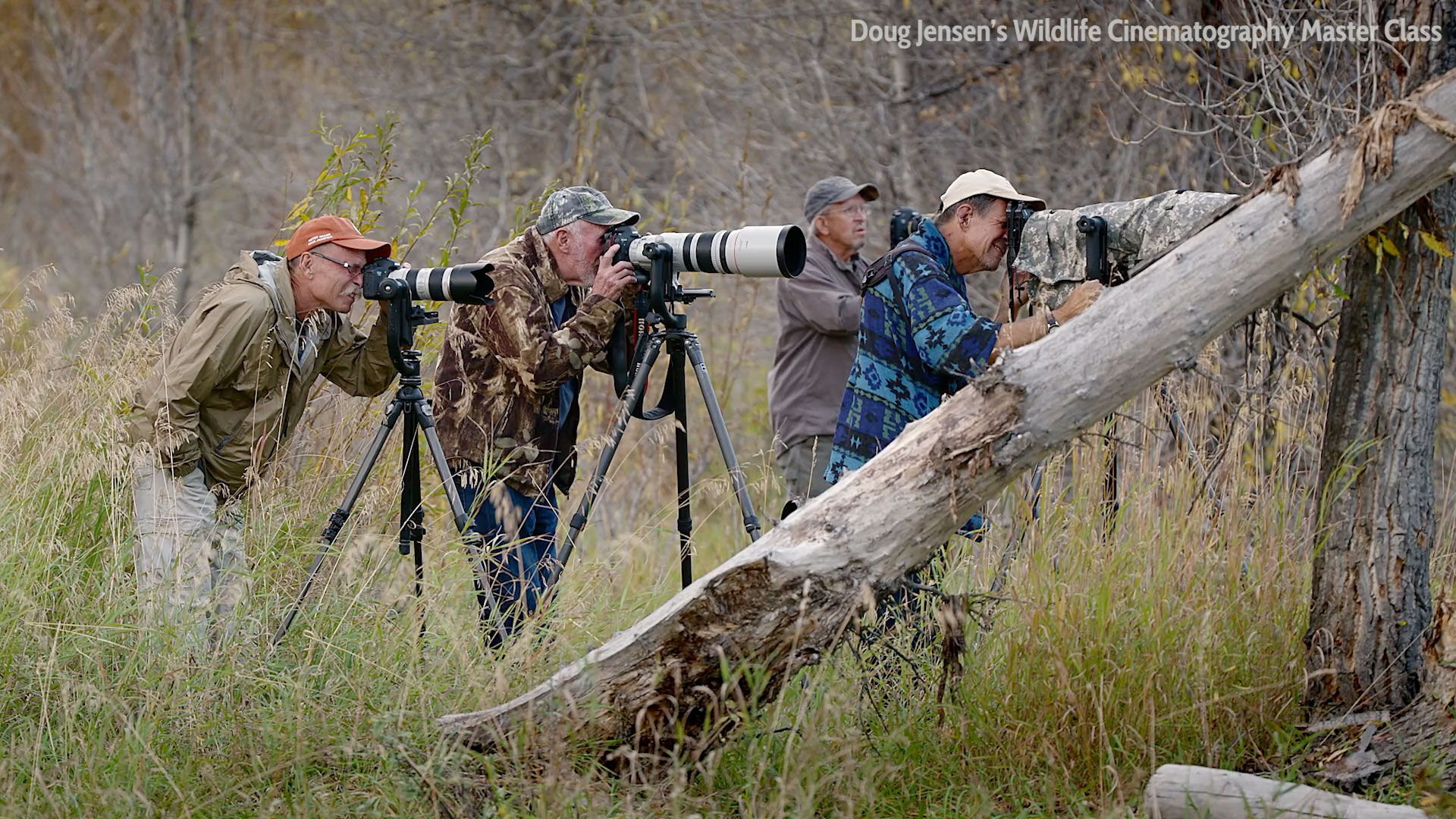
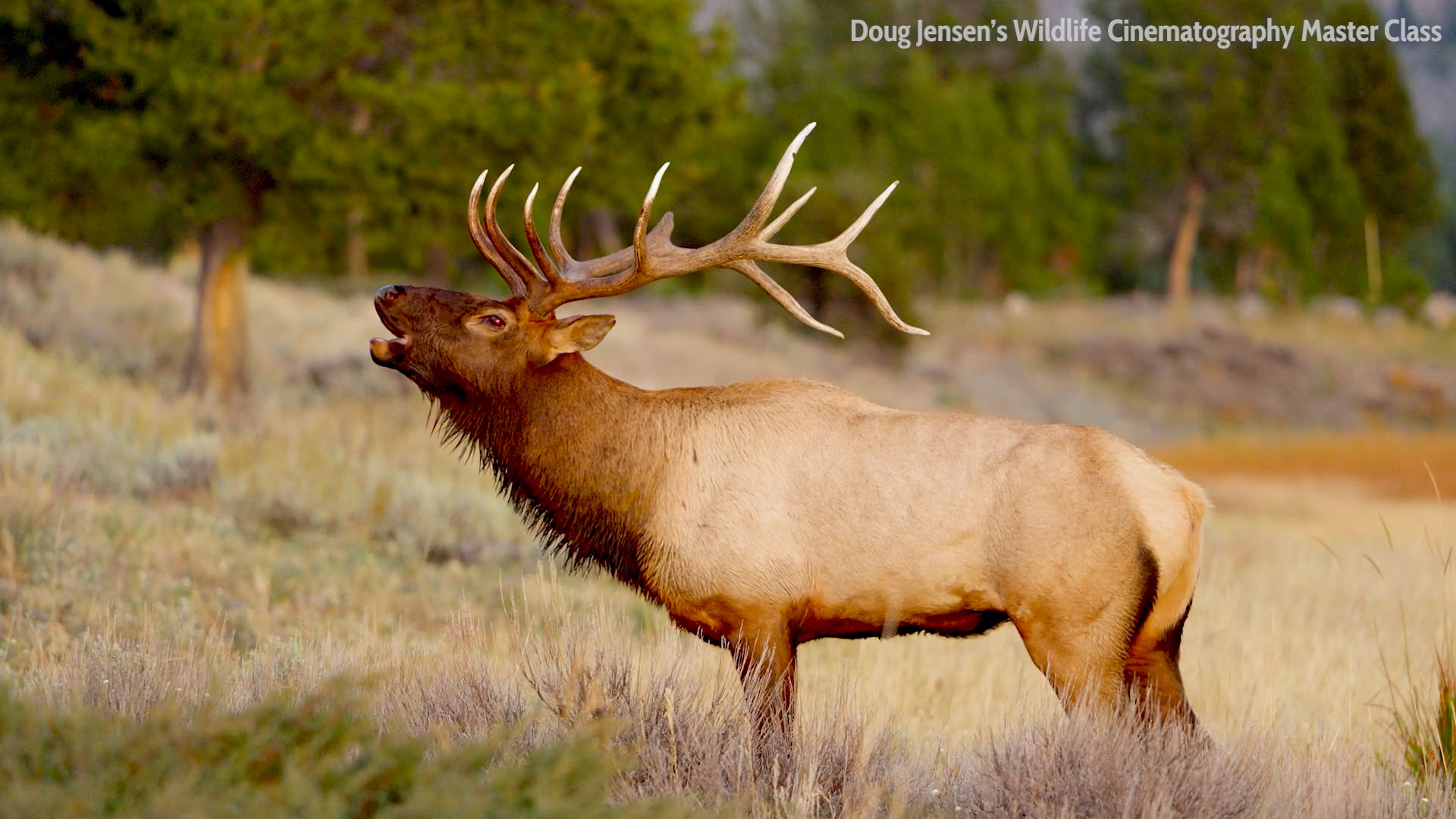
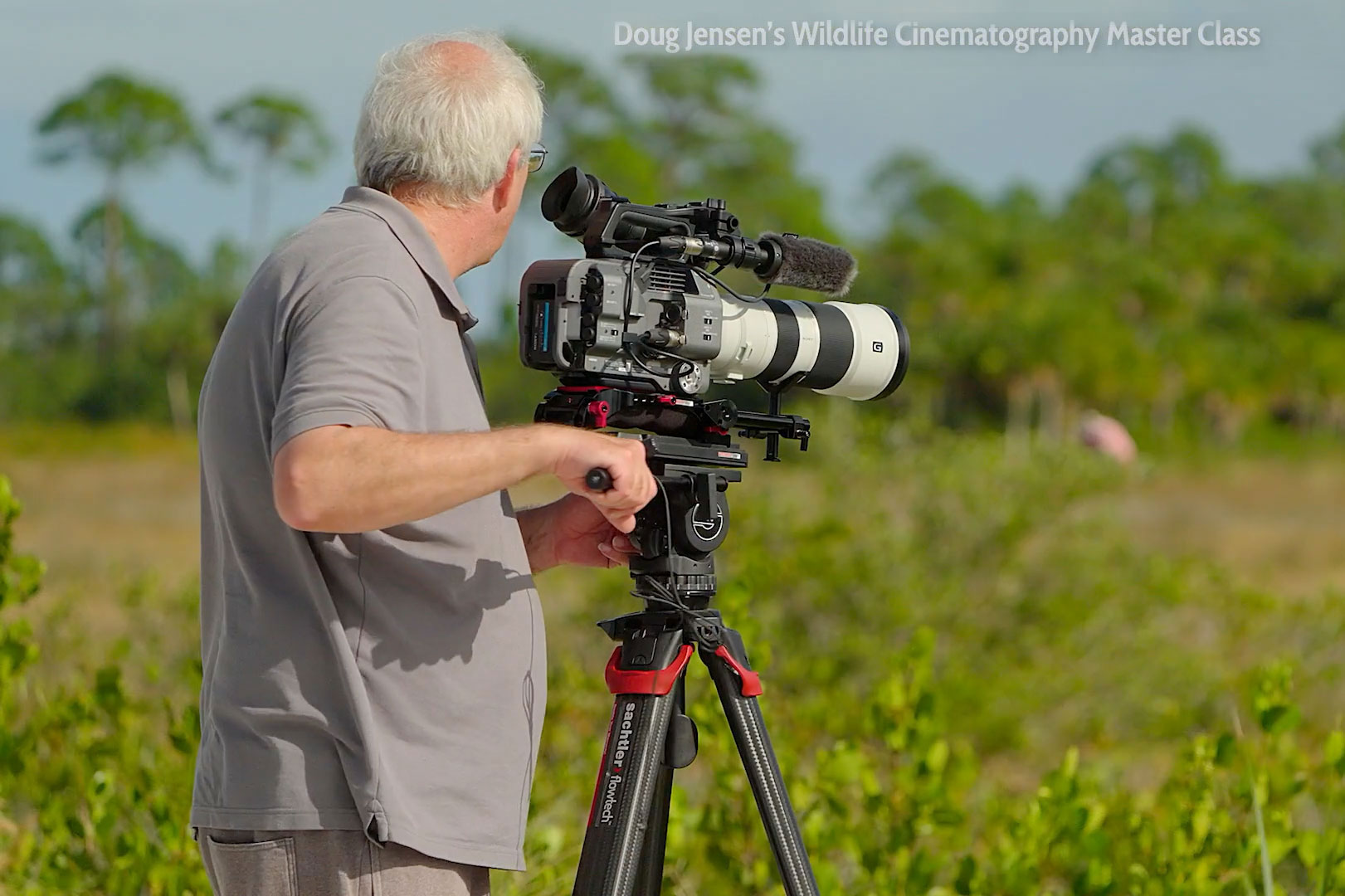
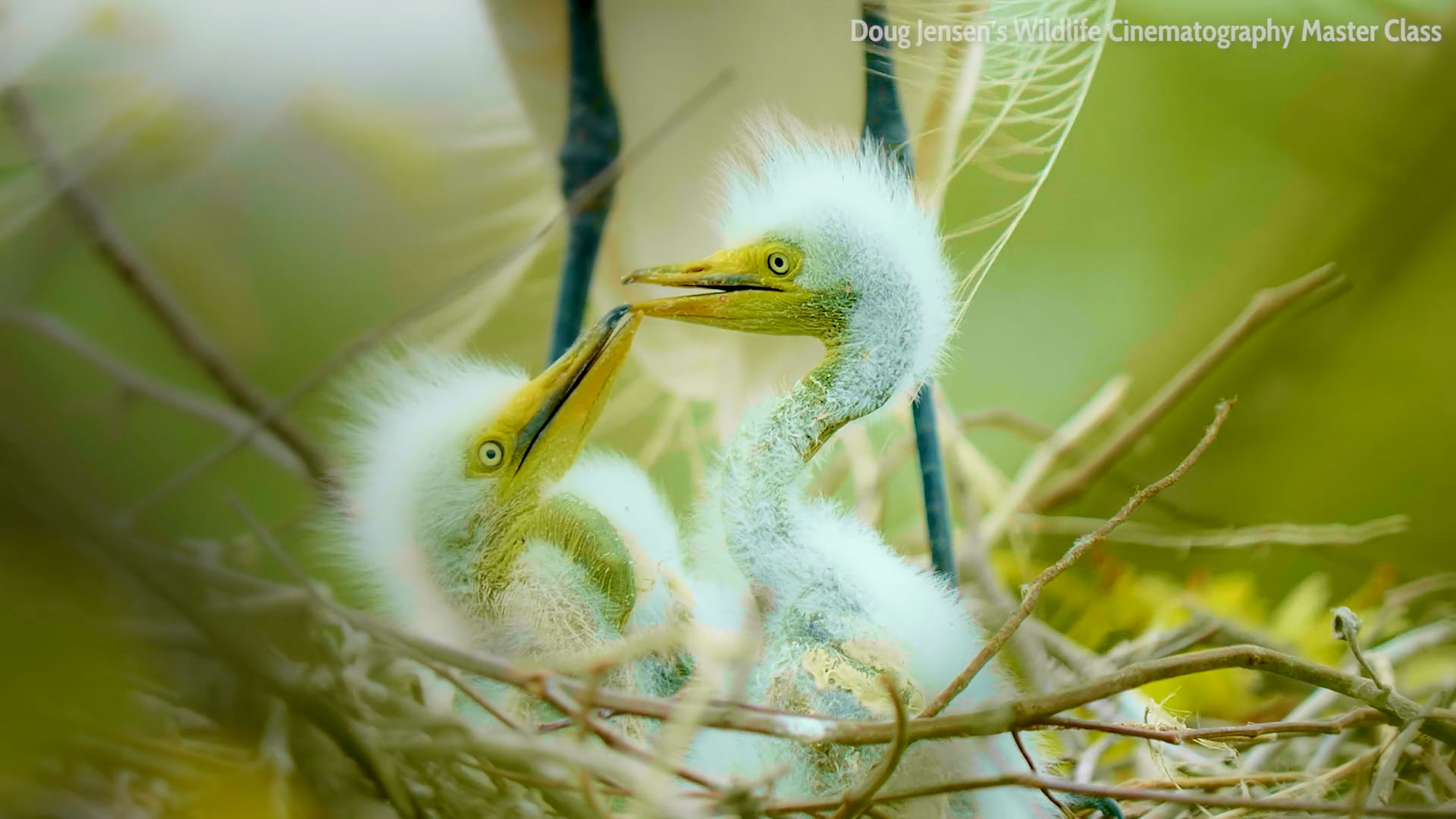
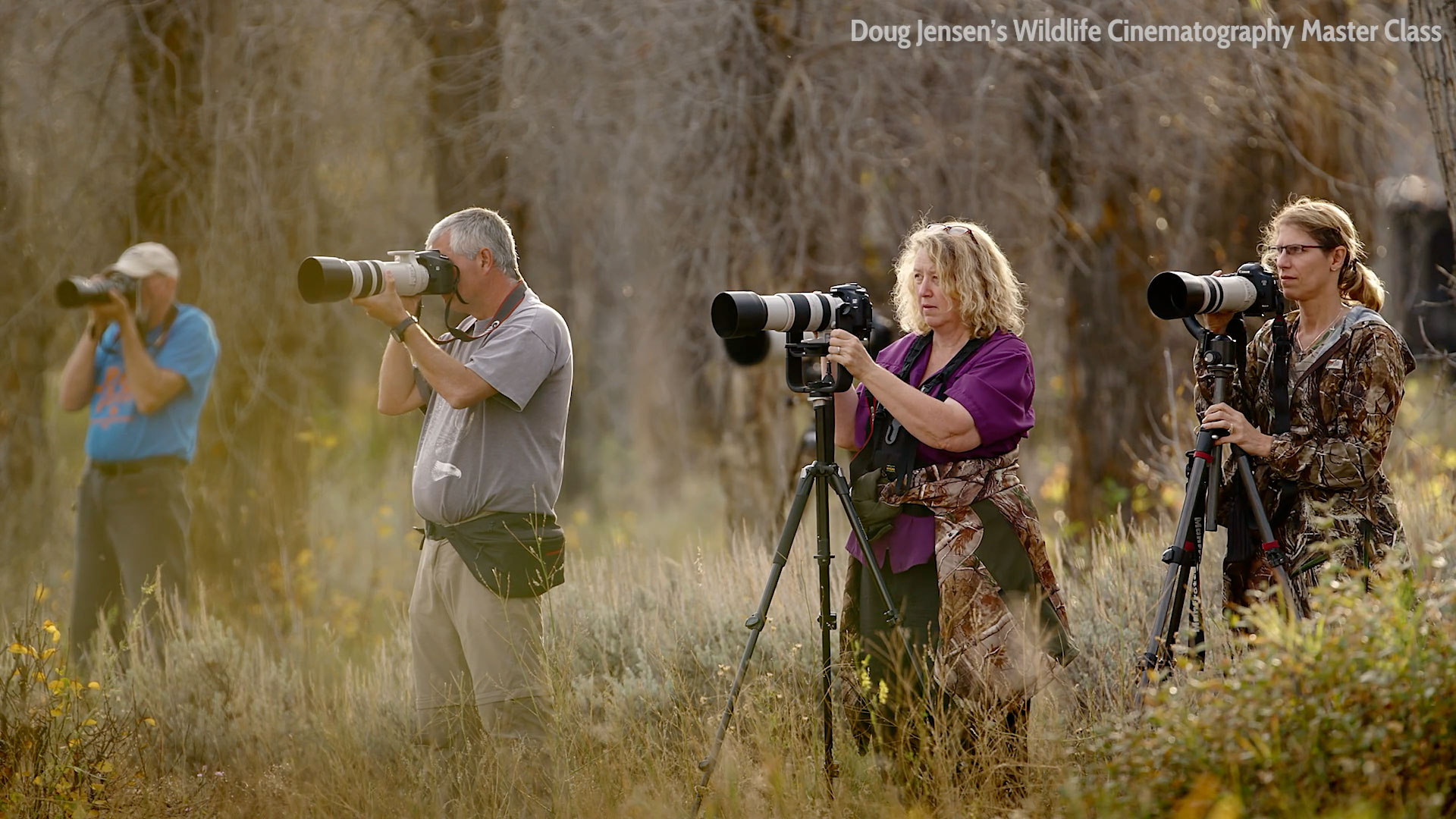
- 7.5 Hours Long
- 23 Curated Lessons
- Free Lesson Login to Watch 1st Lesson
- Certificate On Completion
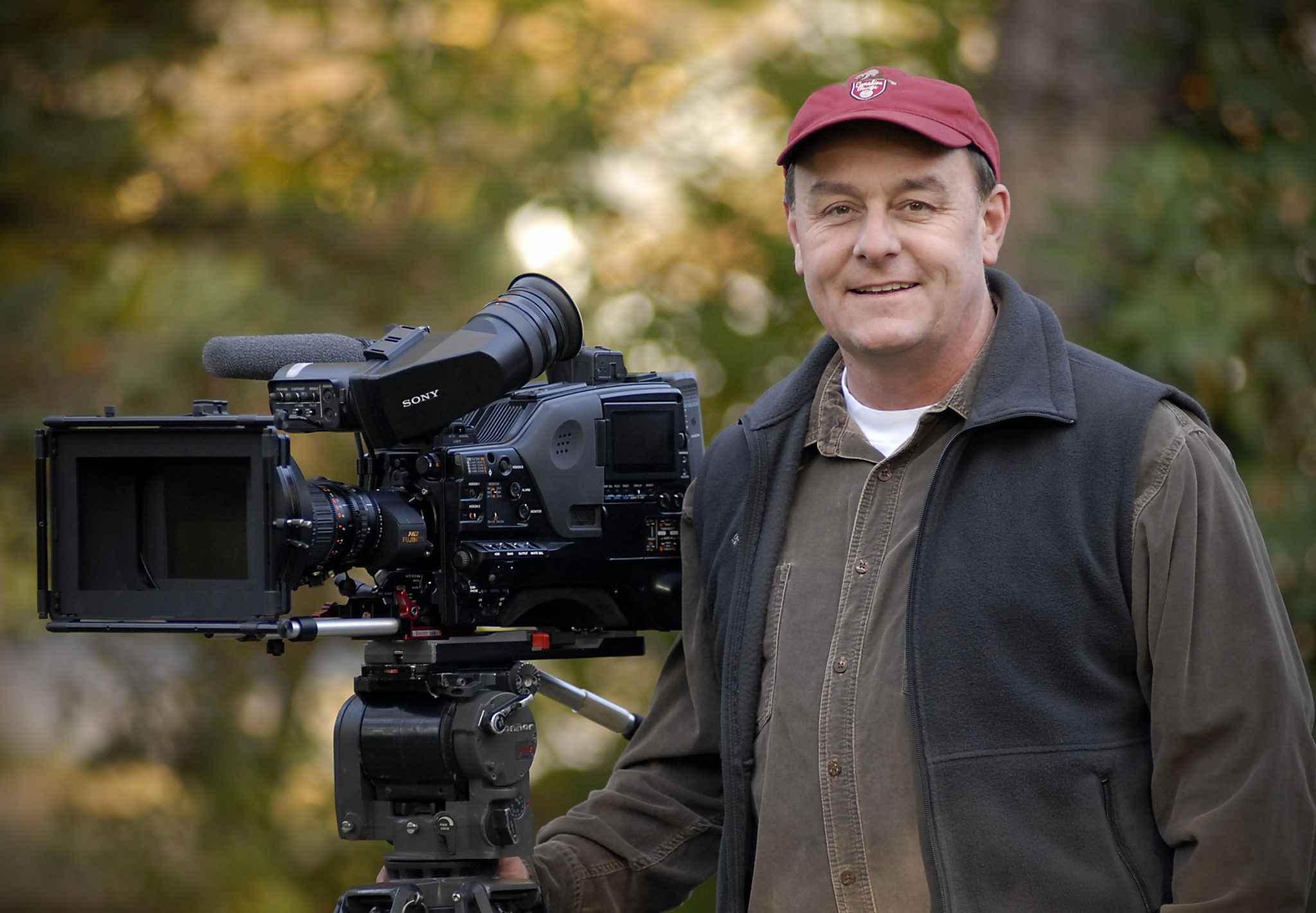
Doug Jensen describes himself as someone who “lives and breathes” video production and digital photography. As an HD cinematographer, producer, director, editor, and consultant, Doug enjoys being involved in all facets of production.
With over 35 years of video production and post-production experience, Doug combines his extensive professional experience with his teaching skills to bring a wide-ranging, real-world perspective to his independent training videos, books, and live classroom workshops.
As one of only a dozen members of Sony's Independent Certified Experts (I.C.E.) team, he frequently teaches HD workshops around the United States and in other countries, including Japan, where he has been sent by Sony to consult with their XDCAM product development engineers.
In addition to his hands-on experience in the production side of the business, Doug is also the founder of Vortex Media, which produces in-depth instructional videos, high-definition camcorder field guide books, and innovative production tools.
Learn More about Doug-
Doug Jensen shares his passion for wildlife cinematography, highlighting the unique experiences each outing offers. The masterclass helps amateur photographers transition to video, focusing on essential skills, equipment, and ethical practices. Participants learn about camera settings and the immersive nature of video. The workshop covers selecting the right camera and mastering techniques, encouraging adaptability for capturing cinematic wildlife footage.
-
Aspiring wildlife cinematographers focus on creating cinematic footage for documentaries, emphasizing the importance of motion in video. They explore techniques like freezing action and motion blur, and understand the three types of action: stationary camera with moving subjects, unmotivated camera movement, and hybrid techniques. Key elements include using a tripod for stability, correct shutter speeds, and capturing clean audio, all while adhering to strict composition rules for effective storytelling.
-
Selecting the right camera for wildlife filming requires attention to user skill and essential features. Key factors include full manual control, high resolution like 4K, and 10-bit recording for better color quality. Low light performance is crucial, especially at dawn and dusk, with dual native ISO technology enhancing versatility. Efficient footage management and custom clip naming help organize recordings, while used professional cameras can outperform new models in the hands of inexperienced users.
-
Capturing wildlife footage involves key filming techniques, particularly the use of telephoto lenses for distance and detail. Understanding lens terminology helps differentiate between zoom and prime lenses, with each serving unique purposes. Lens speed affects light intake and image quality. Choosing the right lens requires consideration of budget, focal length, and autofocus performance, while teleconverters can extend reach. Investing in quality lenses enhances filming capabilities.
-
Wildlife video production relies on effective tripods for stability and smooth tracking. A quality tripod system includes legs, heads, and spreaders, which are vital for professional results. Investing in good tripods enhances filming capabilities. Carbon fiber tripods are preferred for their lightweight strength. Quick deployment is essential for capturing wildlife, and fluid heads ensure smooth camera movement. Proper camera setup and balancing are critical for success.
-
Selecting the right camera settings is essential for achieving high video quality. Key factors include resolution options like DCI 4K and UHD 4K, frame rates such as 24p, 30p, and 60p, and codecs like H.264 and H.265. Bit rate influences image quality, while file format wrappers like MP4 and MOV hold video and audio data. Panasonic cameras provide a more user-friendly experience for setting these formats compared to Sony.
-
Cameras are increasingly complex, requiring customization for professional use. Key settings include shutter speed, which affects motion blur and exposure, and white balance for color accuracy. Recommended shutter speeds vary with frame rates. Electronic viewfinders aid in wildlife cinematography, while customizing buttons and using presets can enhance shooting efficiency. Custom user menus streamline access to frequently used settings, improving overall camera operation.
-
Camera technology has advanced, enabling modern cameras to produce high-quality images through sophisticated sensors. The choice between raw video format, log, and REC 709 shooting modes affects footage quality and flexibility. Dynamic range is essential for capturing detail in different lighting. Log mode preserves information for post-processing, while REC 709 is more user-friendly. Camera settings and monitoring techniques also influence shooting decisions.
-
Filming wildlife effectively requires a solid grasp of exposure principles. Manual control is key, as auto exposure can yield inconsistent results. The exposure triangle—aperture, shutter speed, and ISO—plays a vital role in image quality. ND filters help manage exposure in bright conditions, while shutter speed must match frame rates to control motion blur. Low ISO settings reduce noise, and aperture adjustments influence depth of field. Accurate exposure measurement is essential, using tools like histograms and zebras for highlights. Understanding LUTs is crucial when shooting in log format.
-
Modern mirrorless cameras are great for still photography, but video requires continuous focus tracking. Only a few professional cameras, like certain Sony models, excel in tracking non-human subjects. Mastering manual focus is crucial, as it allows for smooth transitions between focus modes. Techniques like peaking enhance accuracy, especially in wildlife filming. Practicing on moving subjects and focusing on animal eyes, heads, and bodies improves skills.
-
Slow motion is a key technique in wildlife documentaries that enhances visual storytelling. Filmmakers often use 4K resolution for clarity, and recording formats with 120 frames per second are ideal for capturing detailed action. Proper shutter speed is essential for crisp images, requiring manual adjustments. Configuring cameras for slow motion involves selecting the right modes, and Sony cameras provide unique features like S and Q motion settings to improve the shooting experience.
-
Using a prerecord buffer called Picture Cache enhances wildlife filming by allowing users to capture key moments without wasting footage. The FX6 camera offers various buffer duration options and enables the use of Picture Cache alongside slow motion, improving the overall filming experience. Activating and setting up this feature is straightforward, making it an efficient tool for filmmakers.
-
Recording audio in wildlife cinematography is challenging due to environmental noise and animal behavior. Many sounds are added in post-production, with sound designers using libraries and Foley techniques. A quality shotgun microphone is crucial for capturing directional sound. Automatic audio level management is preferred, but manual settings can help avoid distortion. Scratch tracks serve as valuable references in post-production, and access to royalty-free sound effects enhances video quality.
-
Preparation for wildlife cinematography includes checking camera settings like recording format, shutter speed, ISO, and audio setup. Essential gear such as spare batteries, lenses, rain cover, and cleaning supplies must be packed. Clothing should prioritize comfort and quietness, favoring earth tones to blend in with the environment. A baseball cap is important for sun protection and camera shade, ensuring minimal distractions during filming.
-
Filming wildlife, especially in Africa, offers unique opportunities. Living in Florida and New England provides diverse encounters with birds and alligators. Filming close to vehicles reduces gear needs and captures wildlife behavior in populated areas. Timing is essential, with specific seasons and times of day being ideal for certain species. Beginners should practice in their backyards and focus on well-exposed footage, while reviewing and analyzing their work is crucial for skill improvement.
-
Filming wildlife requires careful location selection, such as parks or backyards, to capture stunning shots. Quick mobility and stealth are essential to avoid disturbing animals. While camera blinds can help, they may not fit every style. Concealing presence through positioning and avoiding eye contact is crucial. Choosing the right shooting angles and considering lighting conditions, especially during specific times of day, enhances the quality of the footage.
-
Producing stunning wildlife footage requires strong composition that highlights animals in their natural habitats. Achieving good composition during filming is crucial, as post-shoot adjustments are limited. Key techniques include leveling the camera, using the rule of thirds, and ensuring proper nose room. Flexibility in composition is essential, allowing for adjustments to create balanced shots that capture the scene's essence.
-
Effective wildlife tracking requires action footage and a stable setup. A properly set up tripod is crucial for smooth movement. Ten practical tips include keeping the camera lightweight and managing stabilization settings. Understanding friction in camera controls aids in smoother movements. Anticipating animal behavior enhances the chances of capturing unexpected actions. Techniques for smooth panning involve gentle touches and gradual adjustments. Practice is key, starting with predictable subjects before tackling challenging wildlife.
-
Filming birds in flight requires patience and skill. Start by mastering panning techniques with easier subjects like cars and pets. Practice with seagulls to prepare for more challenging birds. Tracking from a distance and shooting in slow motion can enhance footage. Ideal conditions include partly cloudy skies, and flocks of birds are easier to capture. A combination of auto and manual focus is recommended, with persistence needed for proper focus.
-
Processing photos and videos boosts creativity and quality. Video editing involves color grading and personal editing, which is preferred over outsourcing. Free software makes color grading accessible. The post-production workflow includes ingesting raw footage, reviewing clips, and retaining valuable content. Reliable backup strategies are crucial to prevent data loss, highlighting the need for multiple copies of footage.
-
The editing process starts with backing up clips and trimming them to highlight the best footage. Clips are typically 15-20 seconds long, but can be shortened further. Da Vinci Resolve is recommended for its robust editing features. The workflow includes importing footage, editing, color grading, and exporting. Organizing clips in the media tab and ensuring high audio quality are crucial for success.
-
Editing clips on a timeline is the first step in preparing for color grading, with Resolve standing out for its unique features. The workflow includes importing, editing, color grading, and delivering. The color tab allows for effective clip management, and a three-monitor setup is recommended for serious grading. Image editing focuses on enhancing shadows and colors, particularly skin tones, to make stock footage more appealing and competitive.
-
Exporting clips involves finalizing workflows by sending 19 graded clips to a specific folder for stock footage agencies. Each clip is managed individually for grading and exporting. Custom export settings are created, focusing on QuickTime with Apple ProRes codec for quality. Audio management is essential to prevent rejections. A naming strategy aids organization, while archiving raw footage ensures efficient retrieval. Filming wildlife requires patience and preparation.
-
A must have for wildlife enthusiast! He is the best at explaining things!
-
What a great course. I always wondered why Doug's video clips looked so good and now I know.
-
Excellent course. Will sure practice what you taught at the local bird sanctuary.
MZed course topics include all areas of filmmaking including cinematography, directing, editing, screenwriting, lighting, color grading, and more.
-
Wildlife Cinematography Workshop
Paul Atkins, ASC & Stephen Lighthill, ASC
Explore wildlife cinematography techniques and philosophy with acclaimed cinematographers at the Jackson Wild Film Festival in Austria.
Watch this course -
Cinematic Timelapse with Drew Geraci
Drew Geraci
Master the art of cinematic timelapse with expert Drew Geraci. Learn camera setup, composition, post-production, and creating day-to-night transitions.
Watch this course -
Doug Jensen's Sony FX6 Camera Master Class
Doug Jensen
Master the Sony FX6 cinema camera with this comprehensive 8-hour training series, covering everything from basic operation to advanced features.
Watch this course
Join the leading online education membership for filmmakers, and get instant access to our entire library.
-
750+ Lessons
-
57+ Courses
-
35 Educators
-
$9000+ Value
Make a commitment to becoming a better filmmaker, today. Seven-day money-back guarantee (view full terms here).
Subscribe to the MZed newsletter
The latest course announcements, news and offers.
Be the first to know!
